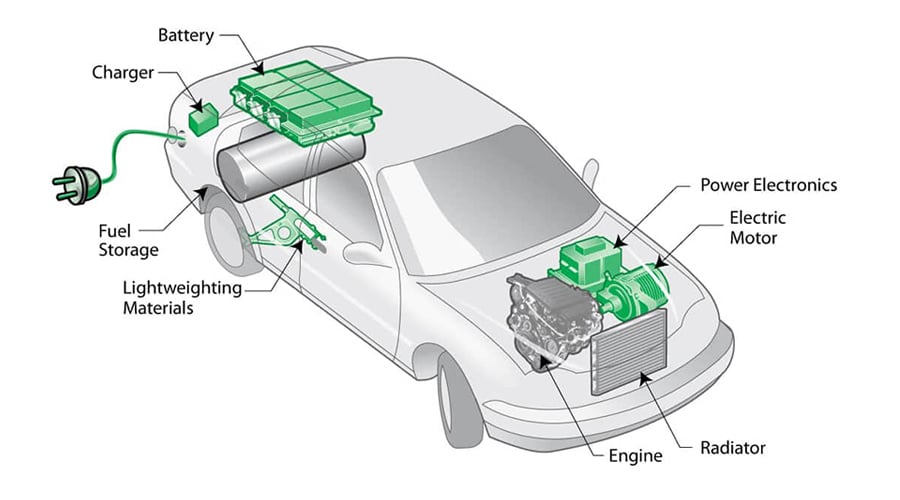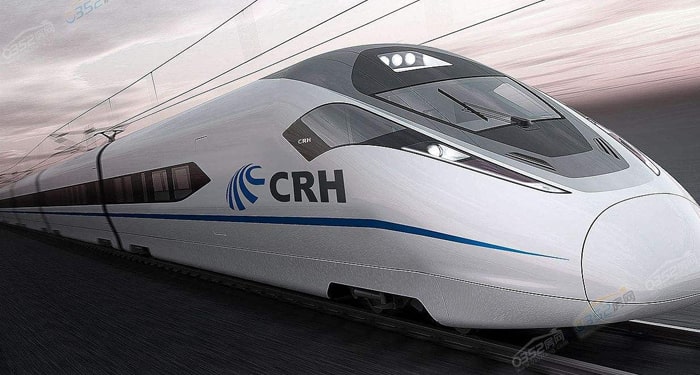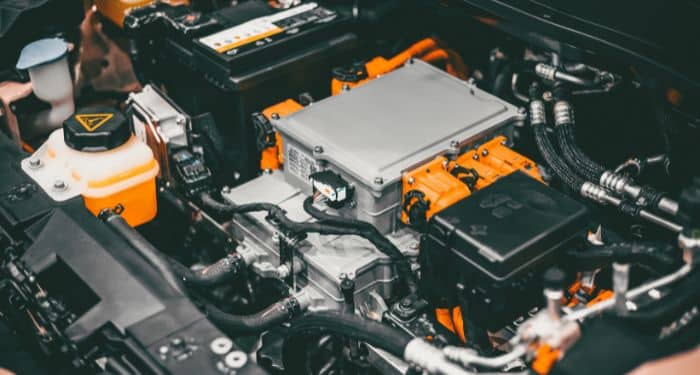PCBs for Automobile Electronics
Home » Industries Served » PCBs for Automobile Electronics
Automotive Printed Circuit Boards
Printed circuit boards have become ubiquitous in modern vehicles. As automobiles evolve to incorporate more electronics for engine control, entertainment, navigation, safety systems, and electric powertrains, PCBs provide the foundation to manage these complex functions.

What Are Automotive PCBs?
Automotive PCBs refer to the printed circuit boards designed and manufactured specifically for use in vehicle applications. They serve as the platform to mount components and connect electronic circuits to enable automotive systems and subsystems. Compared to commercial PCBs, auto PCBs require enhanced capabilities to withstand harsh vehicle environments.

Automotive PCBs feature
High Reliability
Auto PCBs operate under mechanical stress and extreme temperatures. They utilize durable materials and components rated for automotive use.
High Density
The trend toward vehicle electrification demands increased functionality in confined spaces. Auto PCBs pack more complex circuits within a compact footprint.
Environmental Adaptability
Auto PCBs perform reliably across diverse humidity, vibration, temperature ranges within the vehicle. Both the PCB materials and assembly processes provide robustness.
EMI/EMC Capabilities
Automotive systems cannot have electromagnetic interference issues. PCB layout and stackup avoid such disruption. Special coatings guard signal integrity.
High Temperature Rating
Engine compartment and under-hood electronics endure temperature extremes, which the PCB materials and components selection accommodates.
Automotive PCB Applications
Automotive PCBs play an integral role across nearly all electronics systems in modern vehicles:
Engine Control Systems

The engine control unit utilizes specialized PCBs to coordinate functions like fuel injection, ignition timing, emissions control, and throttle control. This enables clean, efficient engine operation.
Entertainment & Information Systems

Infotainment head units, in-vehicle navigation systems, rear-seat entertainment displays, and instrument cluster gauges rely on automotive grade PCBs for video, graphics, and connectivity capabilities to inform drivers.
Safety & Driver Assistance Systems

Critical vehicle safety and driving aid systems depend on auto PCBs, including brake/traction control, collision avoidance, around view monitoring, blind spot detection, and more. The PCBs meet stringent reliability ratings.
Electric & Hybrid Propulsion Systems

Electric vehicle systems for propulsion, high-voltage battery packs, charging systems, and energy recovery integrate application-specific PCBs to manage electrical power delivery under tough conditions.
Body Electronics Systems

Automotive PCBs help operate various body equipment functionality from door controls, seats, lighting, wipers to power windows, mirrors, and sunroofs to enhance user comfort and convenience.
Automatic driving system

The automatic driving system collects information of the surrounding environment by using various sensors, radars, cameras, etc., and then uses automatic control algorithms to automatically drive the vehicle, so that the vehicle has the ability to drive automatically.
Types of Automotive PCBs
Several PCB varieties are designed to withstand automotive environments while meeting functionality needs. Common types include:
Ceramic PCBs
Ceramic printed circuit boards use ceramic substrates like aluminum oxide or aluminum nitride that provide electrical insulation even at high temperatures along with thermal conductivity. This makes them well-suited for high-power automotive electronics.
HDI PCBs
High-density interconnect PCBs incorporate finer lines and spaces, smaller vias, stacked microvias, and often blind/buried vias. HDI allows greater component density and trace routing for space-constrained engine control units and infotainment systems.
High Frequency PCBs
High frequency boards with RF materials like PTFE or ceramics are employed for radar systems, collision avoidance, satellite connectivity, and wireless communications demands. Careful impedance control and tuning ensures signal integrity.
Metal Core PCBs
PCBs with aluminum or copper core base provide enhanced thermal conductivity to dissipate heat from high-power components. This assures reliable operation of traction inverters, motor drives, battery pack control, etc.
Key Automotive PCB Design Considerations
Automotive PCBs involve stringent design rules and analysis to meet demanding reliability requirements:
- Inductor Orientation:
Precise inductor placement on the PCB minimizes crosstalk and undesirable coupling. Maintain adequate spacing and orthogonal alignment between inductors and coils. - Trace Coupling:
Tune PCB stackup and layout to route traces along with their return paths to limit noise pickup and radiation for sensitive analog signals. This enhances signal quality. - Grounding Vias: Strategic placement of ground vias nearby components reduces ground loop inductance for stable reference planes. Many vias may be needed to limit temperature rise.
- Ground Planes:
PCB ground structures must provide low-impedance path with sufficient copper fill connected by vias to suppress EMI and ensure signal integrity at high frequencies. - Signal Integrity:
Simulate and verify PCB signal performance across environmental conditions through methods like IBIS modeling. Optimize trace dimensions and routing to guarantee quality. - Thermal Analysis:
Heat sources like power devices need PCB layout consideration through thermal simulation using finite element analysis, and implementation of thermal vias, heat sinks, and cooling. - Standards Compliance:
Adhere to automotive electronics standards like AEC-Q100 and environmental tests in ISO 16750. Meet electro-magnetic compatibility levels per CISPR 25 and ISO 11452.
Automotive PCB Standards
Automotive PCBs must adhere to stringent standards and specifications to ensure their reliability, stability, and safety within vehicle electronic systems. Several common automotive PCB standards include:
- IPC-A-600G: This industry standard for printed circuit boards covers requirements for PCB appearance, dimensions, layout, surface characteristics, and applies to various types of PCBs, including automotive PCBs.
- IPC-6012: This standard provides detailed quality requirements for rigid PCBs and rigid-flex PCBs, encompassing aspects such as materials, manufacturing processes, and performance, applicable to automotive electronic PCBs.
- ISO 26262: An international standard focused on automotive functional safety, spanning the entire safety lifecycle from safety concept to decommissioning. It imposes strict safety requirements on the design, manufacturing, and application of automotive PCBs.
- AEC-Q100/AEC-Q200: Quality assessment standards for automotive electronic components, applicable to integrated circuits and buffer components. These standards cover temperature range, reliability testing, environmental robustness, among other aspects.
- JESD22-A100: A standard for environmental stress testing of electronic components and modules, covering methods such as humidity, temperature, vibration tests, used to evaluate automotive PCB performance under diverse conditions.
- IEC 61508: An international standard for functional safety, widely applicable to automotive electronic systems. It necessitates the consideration of safety aspects throughout the development and production stages of PCBs.
- UL 94: This standard assesses the flammability of plastic materials to ensure materials used in automotive PCBs meet fire safety requirements.
- RoHS: In the context of automotive electronics, RoHS standards prohibit the use of specified hazardous substances in PCBs to protect the environment and user health.
Partnering with an Automotive PCB Manufacturer
An experienced automotive PCB manufacturer and assembler brings specialized expertise and production capabilities:
Domain Expertise
A dedicated automotive PCB producer understands the technical demands and standards compliance needs for auto electronics. This facilitates design review and material selection tailored for each application.
Robust Supply Chain
Supplier partnerships allow maintenance of qualified components inventory and consistent materials sourcing essential for rate production. This sustains capacity buffers and guards against automotive industry volatility.
Quality Assurance
Rigid quality management starting from supplier qualification, to statistical process controls and extensive testing instills reliability into automotive PCBs and meets zero-defect expectations.
Our 10+ years in the PCB industry has garnered in-depth knowledge across automotive PCB design, fabrication, component sourcing, quality control, and responsive customer service. We invite you to explore how our capabilities can best support your automotive electronics PCB needs.
JHYPCB - Leading High-Quality, Quick-Turn PCB Manufacturing
At JHYPCB, we are a premier PCB manufacturer providing one-stop PCB fabrication and assembly services to meet the diverse needs across multiple industries. With years of experience and cutting-edge capabilities, we deliver high-quality, quick-turn PCB solutions tailored to each application’s unique requirements.
Our Core Expertise:
- High-reliability PCBs for demanding applications
- Wide range of PCB technologies: HDI, rigid-flex, RF/microwave, thermal boards, and more
- Advanced manufacturing processes: high-density interconnect, buried/blind vias and more
- Fast prototype to production cycle times
- Strong engineering support from quote to delivery
Whether you need prototypes for new product development or high-volume PCB production, JHYPCB is your trusted partner. Explore our PCB capabilities for your industry below.












